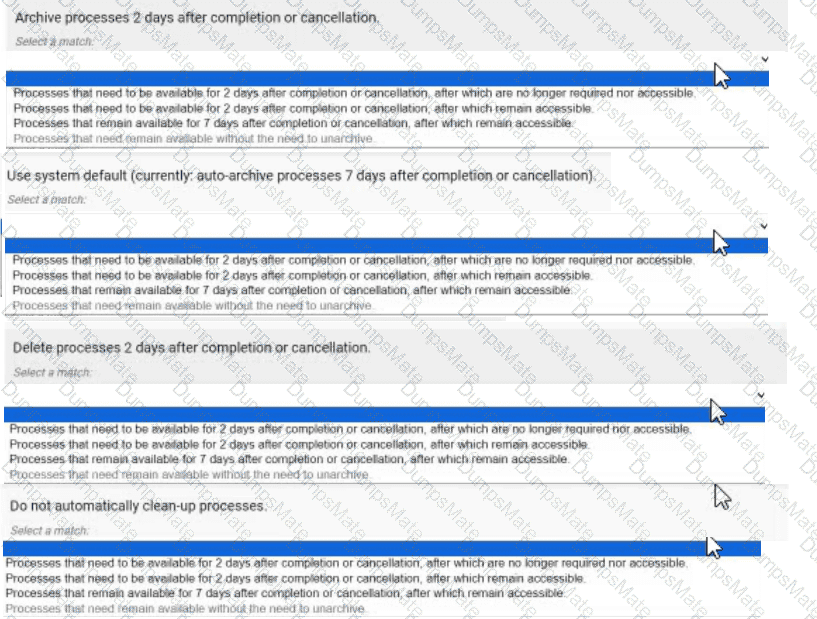As an Appian Lead Developer, designing a complex integration to a RESTful API for updating a case in a legacy system requires a structured approach to ensure reliability, performance, and alignment with business needs. The integration involves sending a JSON payload (implied by the context) and handling responses, so the focus is on technical and functional prerequisites. Let’s evaluate each option:
A. Define the HTTP method that the integration will use:This is a primary prerequisite. RESTful APIs use HTTP methods (e.g., POST, PUT, GET) to define the operation—here, updating a case likely requires PUT or POST. Appian’s Connected System and Integration objects require specifying the method to configure the HTTP request correctly. Understanding the API’s method ensures the integration aligns with its design, making this essential for design. Appian’s documentation emphasizes choosing the correct HTTP method as a foundational step.
B. Understand the content of the expected body, including each field type and their limits:This is also critical. The JSON payload for updating a case includes fields (e.g., text, dates, numbers), and the API expects a specific structure with field types (e.g., string, integer) and limits (e.g., max length, size constraints). In Appian, the Integration object requires a dictionary or CDT to construct the body, and mismatches (e.g., wrong types, exceeding limits) cause errors (e.g., 400 Bad Request). Appian’s best practices mandate understanding the API schema to ensure data compatibility, making this a key prerequisite.
C. Understand whether this integration will be used in an interface or in a process model:While knowing the context (interface vs. process model) is useful for design (e.g., synchronous vs. asynchronous calls), it’s not a prerequisite for the integration itself—it’s a usage consideration. Appian supports integrations in both contexts, and the integration’s design (e.g., HTTP method, body) remains the same. This is secondary to technical API details, so it’s not among the top three prerequisites.
D. Understand the different error codes managed by the API and the process of error handling in Appian:This is essential. RESTful APIs return HTTP status codes (e.g., 200 OK, 400 Bad Request, 500 Internal Server Error), and the customer’s API likely documents these for failure scenarios (e.g., invalid data, server issues). Appian’s Integration objects can handle errors via error mappings or process models, and understanding these codes ensures robust error handling (e.g., retry logic, user notifications). Appian’s documentation stresses error handling as a core design element for reliable integrations, making this a primary prerequisite.
E. Understand the business rules to be applied to ensure the business logic of the data:While business rules (e.g., validating case data before sending) are important for the overall application, they aren’t a prerequisite for designing the integration itself—they’re part of the application logic (e.g., process model or interface). The integration focuses on technical interaction with the API, not business validation, which can be handled separately in Appian. This is a secondary concern, not a core design requirement for the integration.
Conclusion: The three prerequisites are A (define the HTTP method), B (understand the body content and limits), and D (understand error codes and handling). These ensure the integration is technically sound, compatible with the API, and resilient to errors—critical for a complex RESTful API integration in Appian.








